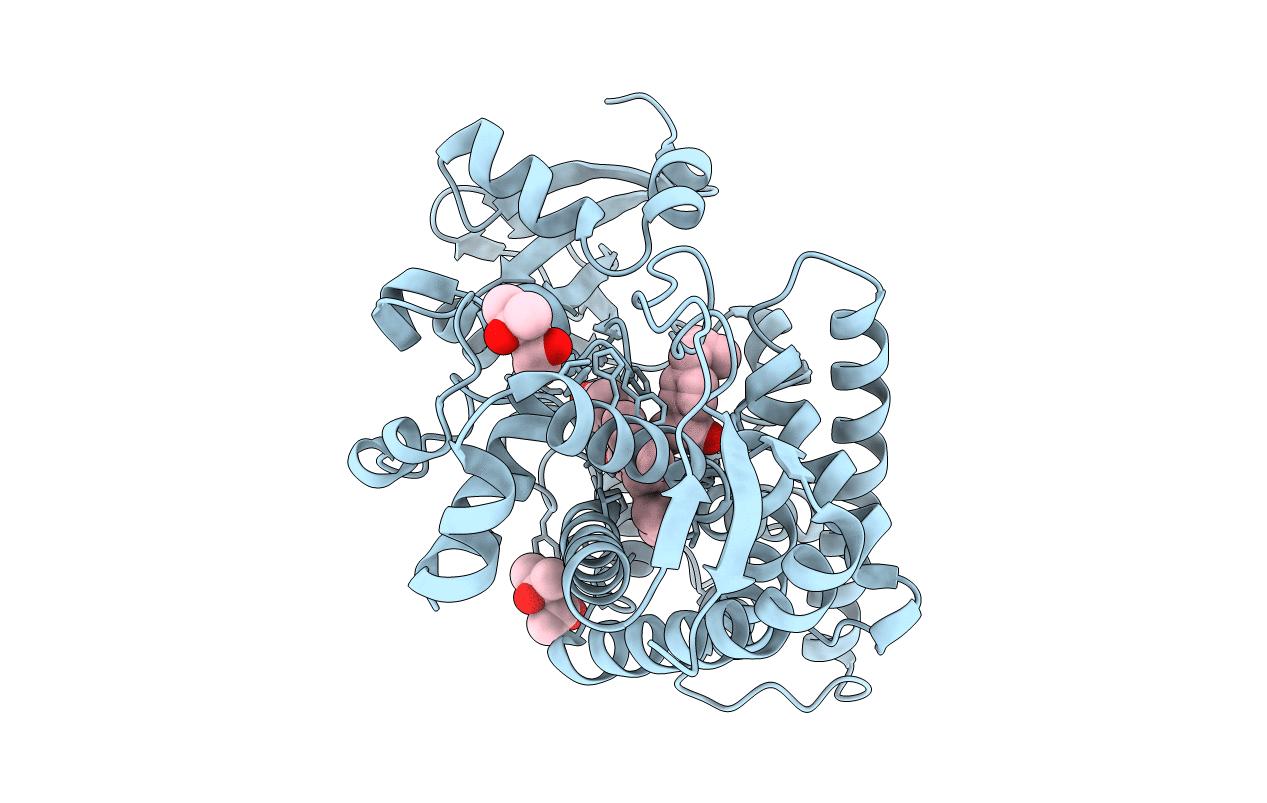
Deposition Date
2011-12-08
Release Date
2012-05-09
Last Version Date
2023-11-08
Entry Detail
PDB ID:
3VM4
Keywords:
Title:
Cytochrome P450SP alpha (CYP152B1) in complex with (R)-ibuprophen
Biological Source:
Source Organism:
Sphingomonas paucimobilis (Taxon ID: 13689)
Host Organism:
Method Details:
Experimental Method:
Resolution:
1.94 Å
R-Value Free:
0.18
R-Value Work:
0.15
R-Value Observed:
0.15
Space Group:
P 31 2 1


